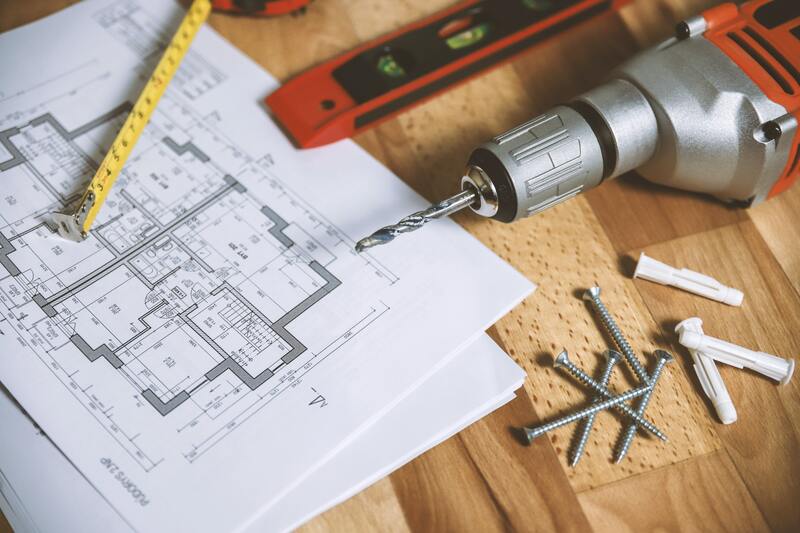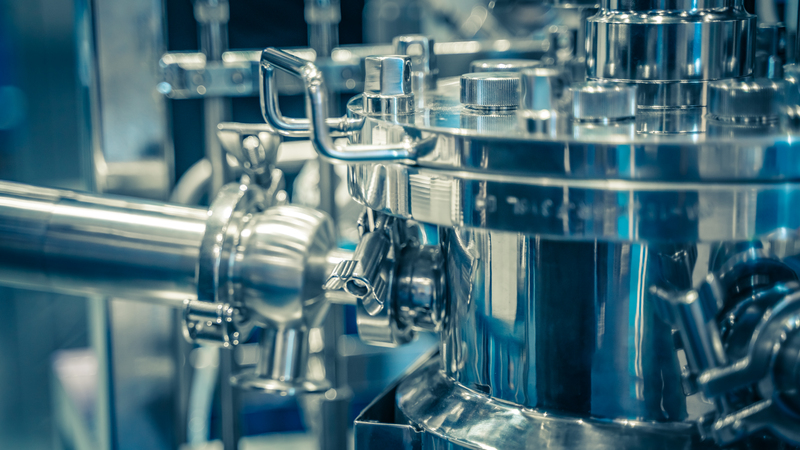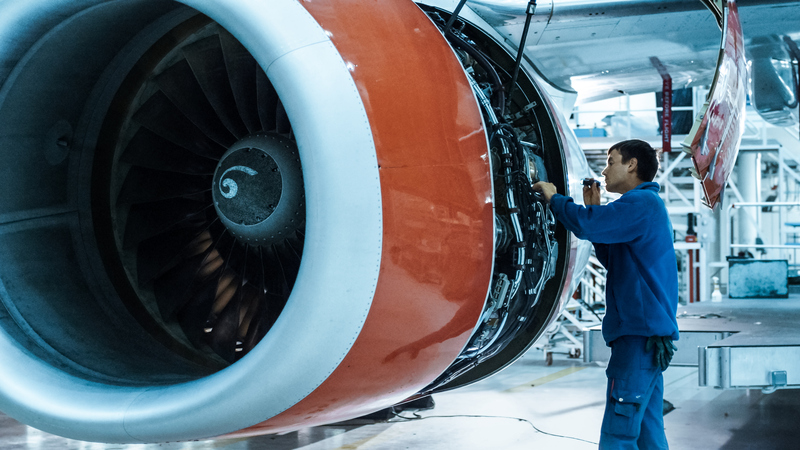Need Support?
Please provide your question. We’ll find you with the best support options.
1.Explanation of Ceramic Bearings Structure and Characteristics
2.In which industries can ceramic bearings be applied?
An Overview
Ceramic bearings are a special type of bearing where both the rolling elements and inner/outer rings are made of ceramic materials. While traditional bearings typically use metal or alloy materials, ceramic bearings leverage the properties and advantages of ceramics. Ceramic bearings capitalize on the characteristics of ceramic materials, offering benefits such as high wear resistance, corrosion resistance, and high-temperature resistance.
Zirconia ceramic (ZrO2), Silicon Nitride ceramic (Si3N4), and Silicon Carbide ceramic (SiC). These three materials all possess excellent properties, allowing ceramic bearings to perform exceptionally well in specific applications.
 Further Reading: Ceramic Bearing Specifications: Overview of Materials and Characteristics
Further Reading: Ceramic Bearing Specifications: Overview of Materials and Characteristics
In summary, ceramic bearings are a special type of bearings made from materials such as Zirconia (ZrO2), Silicon Nitride (Si3N4), or Silicon Carbide (SiC). They possess characteristics like wear resistance, corrosion resistance, and high temperature resistance. Additionally, hybrid ceramic bearings perform exceptionally well in certain high-speed industrial applications, offering superior speed and wear resistance. However, the selection and application of ceramic bearings should be based on specific needs and environmental conditions.

Hybrid Ceramic bearings are frequently used in high-speed machinery equipment such as high-speed power tools, turbo machinery, and wind turbines due to their excellent wear resistance and high-speed capabilities.

Ceramic bearings possess exceptional corrosion resistance, making them widely used in corrosive environments found in industries such as chemical manufacturing, marine engineering, and oil extraction.
Ceramic bearings can maintain excellent performance in high-temperature environments, making them extensively utilized in high-temperature industrial sectors such as steel smelting, glass production, and high-temperature furnaces.
Due to their excellent biocompatibility and low friction properties, ceramic bearings are widely employed in medical devices such as artificial joints, dental equipment, and medical imaging devices.
Ceramic bearings find application in high-vacuum and high-temperature environments in the semiconductor manufacturing process. They are used to support and operate equipment, ensuring process stability and precision.

Ceramic bearings are extensively used in the aerospace industry due to their lightweight, high-temperature performance, and wear resistance. They are applied in aircraft turbine engines, aviation powerplants, and rocket engines.
It is important to note that the requirements and application environments differ in each industry. Therefore, when selecting and applying ceramic bearings, it is crucial to evaluate and choose based on specific application requirements to ensure proper operation and long lifespan of the bearings.
 Further Reading: Disadvantages and Limitations of Ceramic Bearings
Further Reading: Disadvantages and Limitations of Ceramic Bearings
 Further Reading: Ceramic Bearing Specifications: Overview of Materials and Characteristics
Further Reading: Ceramic Bearing Specifications: Overview of Materials and Characteristics
Please provide your question. We’ll find you with the best support options.